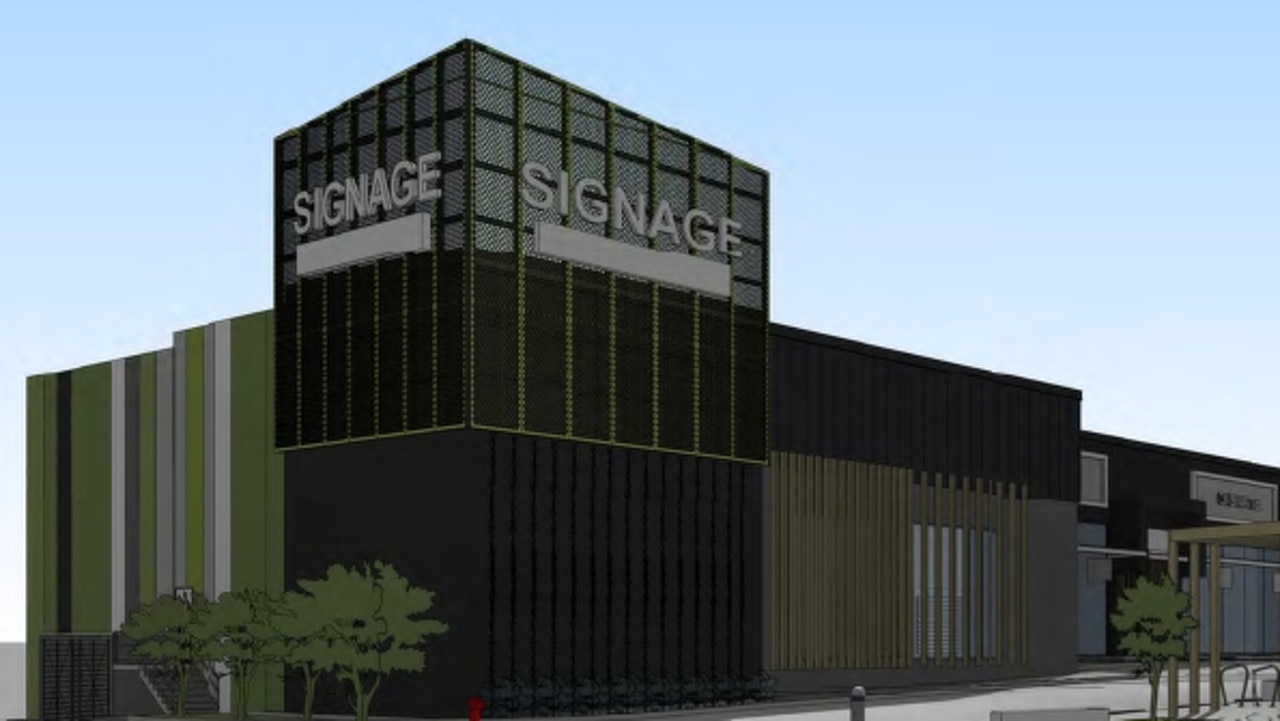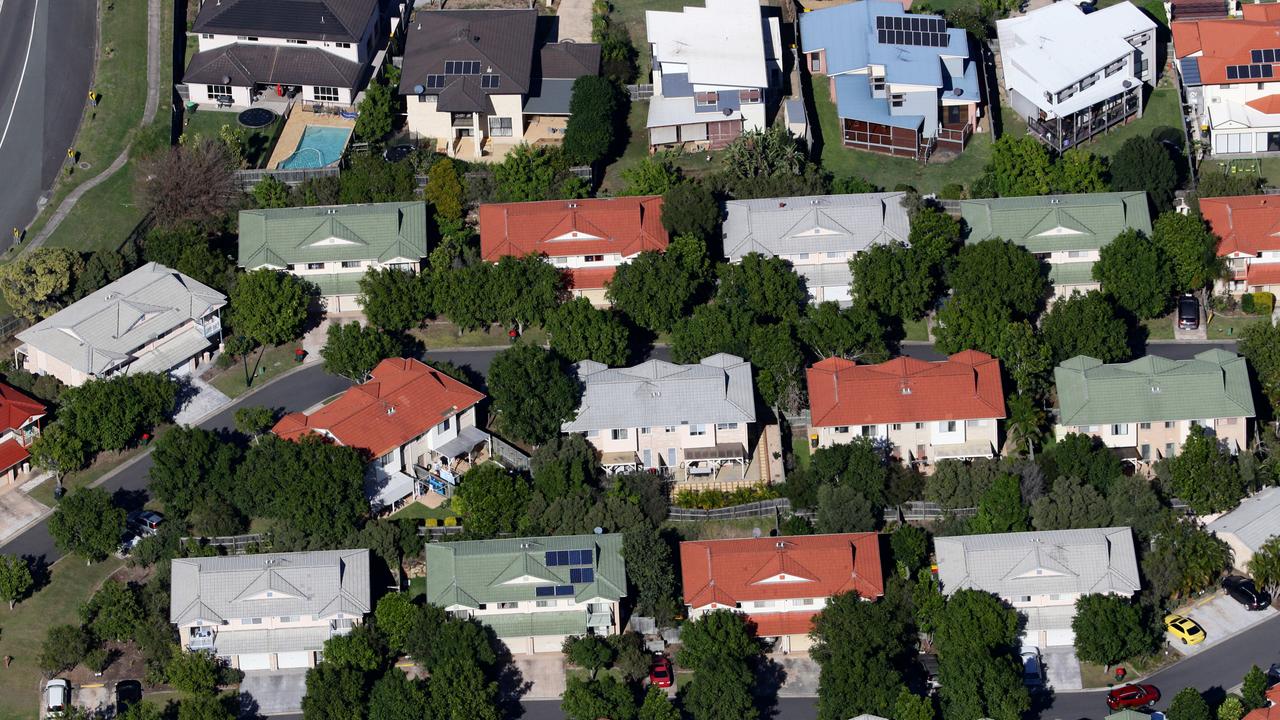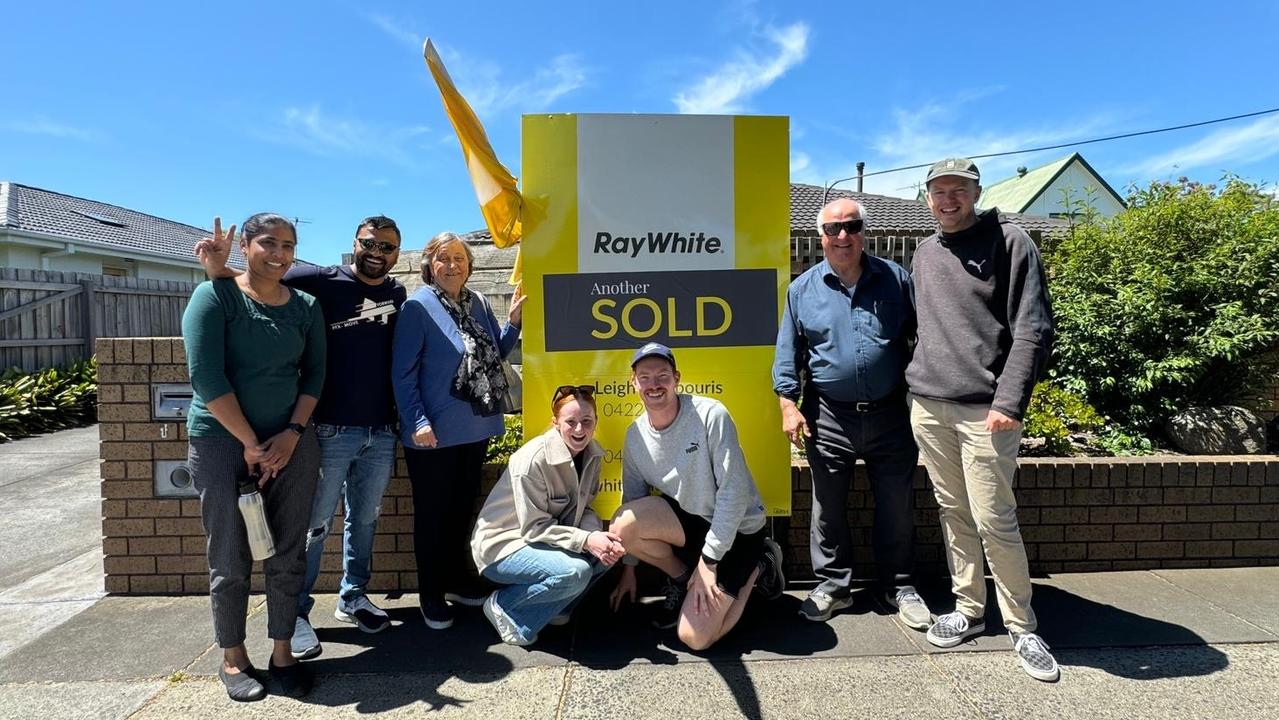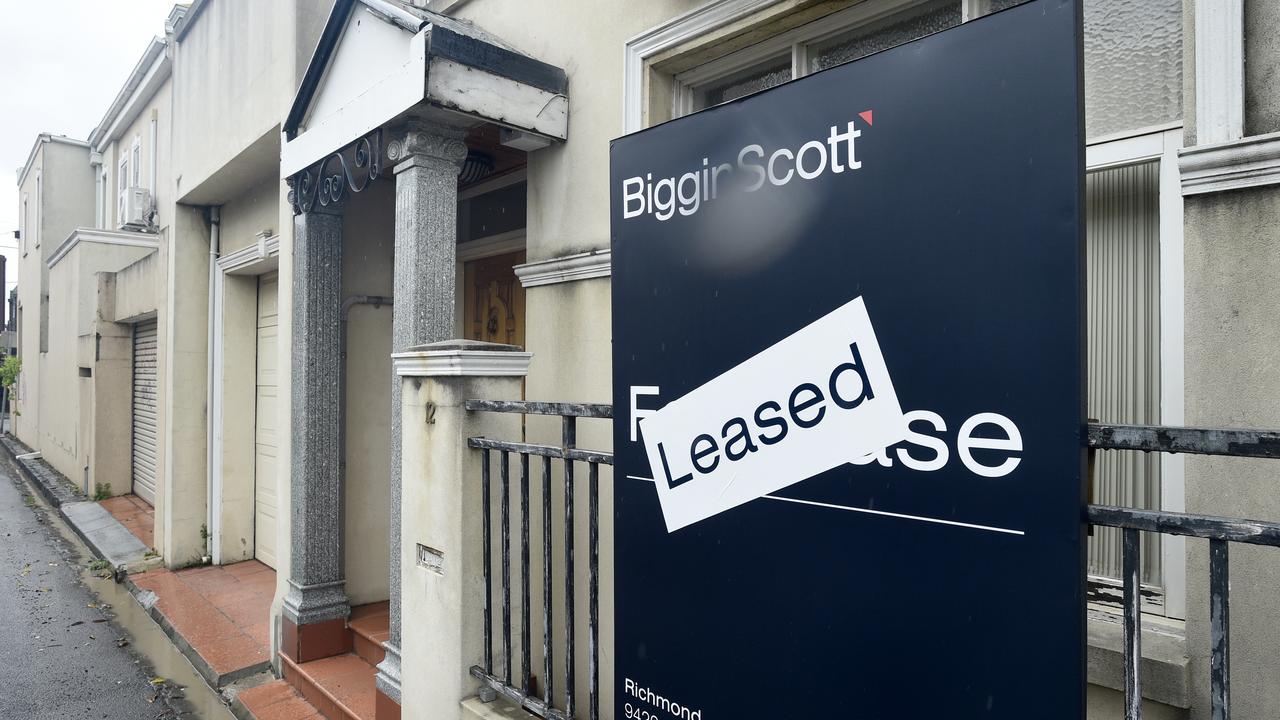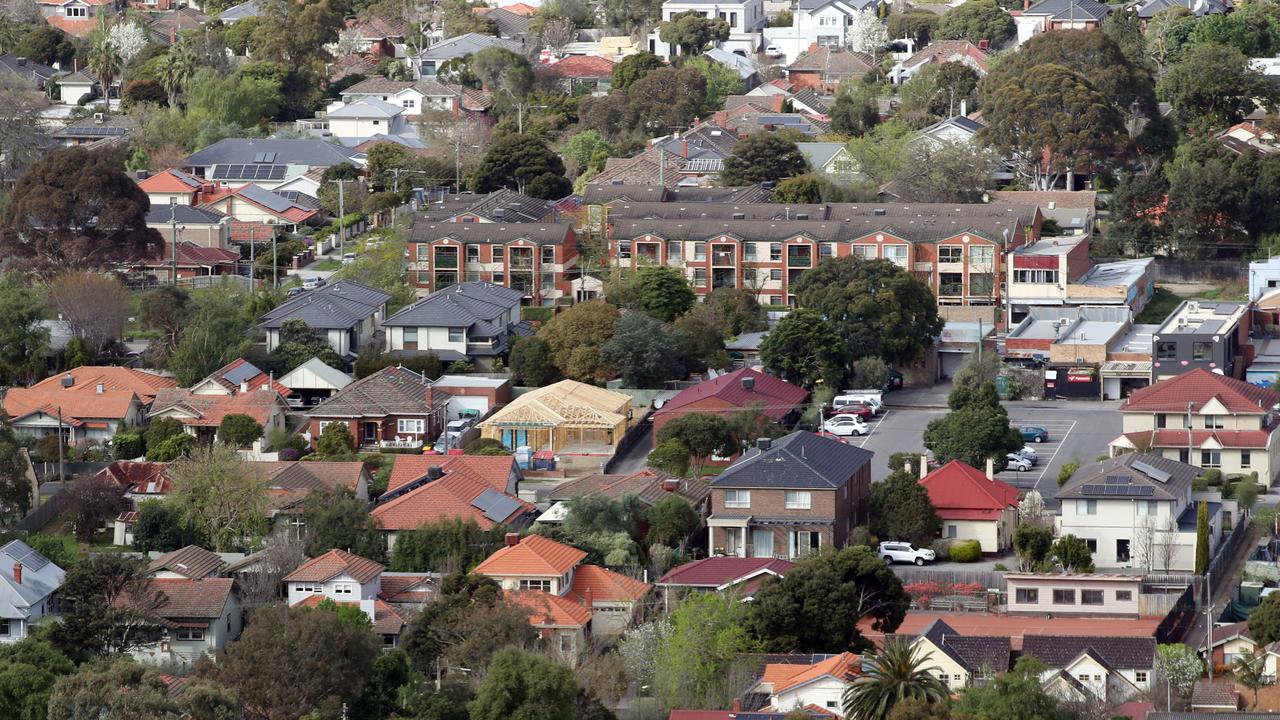What to check before buying a home with a pool
If you are buying a home with a pool beware – some hidden problems cost as much as a new pool to fix. Luckily, there is a way to avoid winding up with a money trap.

Property
Don't miss out on the headlines from Property. Followed categories will be added to My News.
After a summer of heatwaves, a home with a pool may well be on the bucket list for many Australian families – but once purchased, it could also be a hole in the bucket.
Data from trades platform hipages shows there was a surge in the number of pool-related jobs over the past year, with pool repairs soaring more than 71 per cent from last summer and renovations up 49 per cent.
In order to avoid ending up with a money trap there are several things you should look at before buying a home with a pool.

BUILDING REPORT
Poolz pool builder operations Rhiannon Royall said with structural pool renovations costing a similar amount to building a new pool, it’s important to ensure there is no major damage by getting a pool report done by an independent building inspector.
“Cosmetic renovations are typically not as expensive, but are still tens of thousands of dollars,” Ms Royall said.
“If you have any suspicion of a leak, then getting a professional leak detection service is also recommended.”
Sydney buyers agent Bianca Field from Bought said she always pays for a pool report when assessing homes for her clients.

RED FLAGS
Ms Field also uses Google Earth to find old images of the pool. This often provides clues as to how well it has been maintained.
“If the pool is green, it has been neglected in the past,” she said. “In the same way people pay stylists to cover up whatever they’ve got in the house, they do the same things for pools.”
Hipages pool maintenance expert Hom Nepali from Hom to Home Pool Services said sellers can disguise a broken chlorinator by adding chlorine weekly to stop the water turning green. A noisy pump and a dripping filter means there is something wrong with the pool equipment, while a pool surrounded by trees adds up to extra maintenance. Fallen leaves regularly clog the filter and change the chemistry of the water and roots pose a massive problem and could lead to cracks and structural issues forming, he said.

VISIBLE SIGNS
There are several things buyers can check themselves while inspecting the property, Ms Royall said. These include checking the pool lights work and whether there are cracks or level changes in the coping tiles, which are the first row of tiles around the pool edge.
“Coping tiles are part of the shell structure, so any cracks or level changes could indicate issues with the pool shell itself,” she said.
Measuring the distance from the water to the top of the pool shell on all sides of the pool is another good idea.
“If the pool is not level, it could indicate structural issues and that the pool was installed incorrectly or is sinking at one end,” she said.

Mr Nepali said rust stains are a red flag that can easily add up to $30,000 worth of repairs.
“That means the pool needs to be renovated or fixed,” he said.
The rust forms when the metal under the pool surface comes into contact with water because it hasn’t been sealed properly. While the rust costs around $3000 to fix, the pool may also need to be repainted or renovated, adding tens of thousands more to the price.
Cracks are another common and costly issue easily disguised by topping up the water.
Age is also important. He said pools usually need to be renovated after about 30 years, with new pools prone to problems caused by inferior products.

SWIMMING POOL CHECKLIST FOR BUYERS
Rhiannon Royall from Poolz, a marketplace described as the realestate.com.au for pool design and maintenance, shares the top five things buyers should check before purchasing a home with a pool.
1. Check the pool lights work – they can be costly to replace.
2. Check the pool is level – measure the distance from the water to the top of the pool shell on all sides
3. Check the waterline – look for signs of degradation. On a concrete pool, look at the waterline tiles or pebble to see if tiles are cracked or missing; and on a fibreglass pool, make sure any white residue can easily be wiped away.
4. Check the coping tiles – any cracks or level changes could mean issues with the pool shell
5. Check the filter and pump room – check for signs of leaks and wear and tear. Most will have a sticker from a pool company that has serviced the equipment. Call that company and ask about the state of the equipment and the pool condition to get an independent opinion. If you hope to install heating, it’s worth checking to see if the pool already has heating provisions or an existing heater installed.
Originally published as What to check before buying a home with a pool



